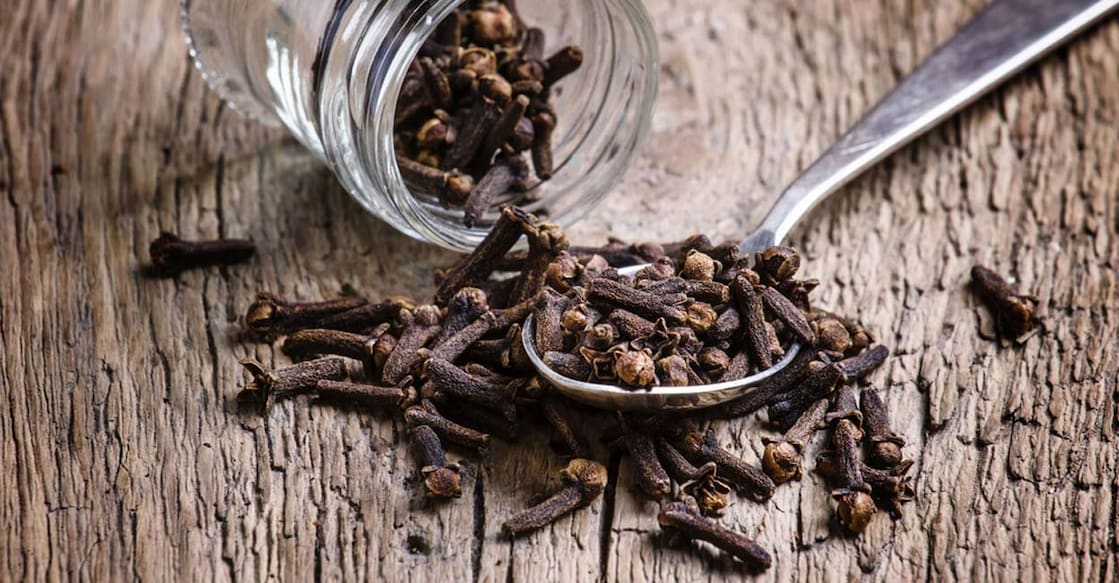The 3,700-year-old spice jar that rewrote food trade history

Mail This Article
In 1976, archaeologists digging through the ruins of the ancient city of Terqa in modern-day Syria made an unexpected discovery. Inside a burnt-down household kitchen, they found a small ceramic jar. What it contained was surprising: a handful of clove buds - over 3,700 years old, dating to around 1720 BCE.
This is the oldest physical evidence of cloves ever found, and it raises an important question: how did a tropical spice from Southeast Asia end up in a modest Syrian kitchen so long ago?
Cloves: From island forests to trade routes
Cloves come from the dried flower buds of the Syzygium aromaticum tree, native to the Maluku Islands - also known as the Spice Islands - in Indonesia. At the time of their discovery in Syria, cloves were only found in this one part of the world.
That means these buds travelled over 7,000 kilometers, likely along early Indian Ocean maritime trade routes. These long-distance routes predate Roman trade and the Silk Road by centuries, and point to a much earlier start to global spice exchange than previously assumed. As noted in studies on ancient trade networks, such exchanges may have been facilitated by early Austronesian navigators and coastal traders from South Asia.

Ancient value, modern uses
Cloves require specific conditions to grow: tropical heat, high humidity, and sea air. These needs were met naturally in the Maluku Islands, and today, the world's largest producer is Tanzania, particularly the island of Zanzibar, which supplies about 80% of global clove production.
Harvesting cloves is still done by hand. Workers climb the trees, tap the buds off the branches, and dry them in the sun until they darken and harden. The name "clove" comes from the Latin clavus, meaning "nail", because of their shape.
Historically, cloves have served many purposes. In ancient China, they were used as breath fresheners in royal courts as early as the 3rd century BCE. In medieval Europe, they were worth their weight in gold, used in perfumes, food, and medicine. Even today, cloves appear in everything from toothache remedies to spice blends.
From ancient trade to your masala dabba
What makes the discovery in Syria remarkable is not just the age of the cloves – but what it represents: a time when trade wasn’t just about empires and merchants. A middle-class household in Terqa had access to a spice that came from the other side of the world. That small jar reflects an early form of culinary globalization.
Today, cloves are a staple in many Indian kitchens. You’ll find them in biryani, masala chai, pickles, and desserts – a powerful reminder of how far this small spice has travelled over time.
Sources:
- IIMAS - The Terqa Project
- JackoSpice Tumblr: The Ancient Link Between Syria and Indonesia
- Terqa Official Site – Trade Findings

